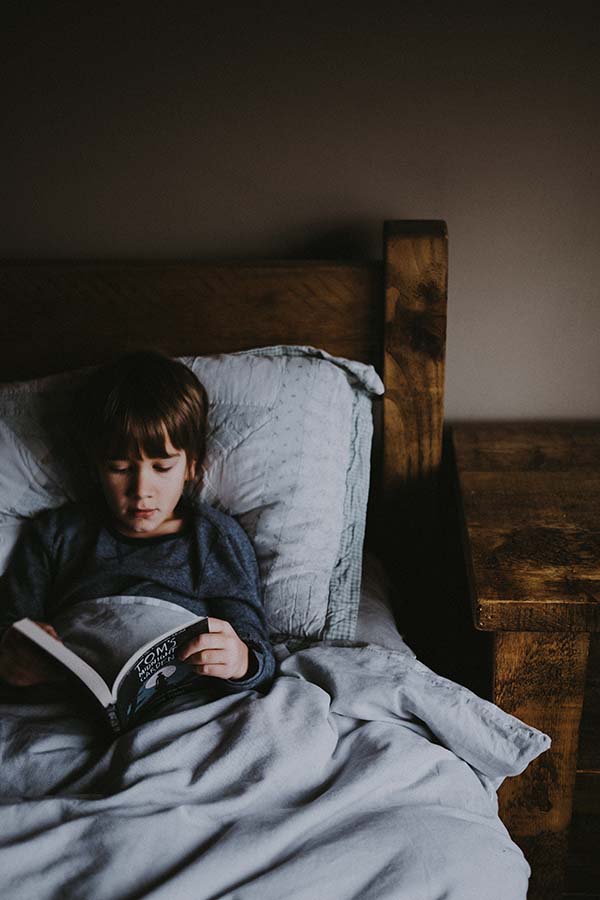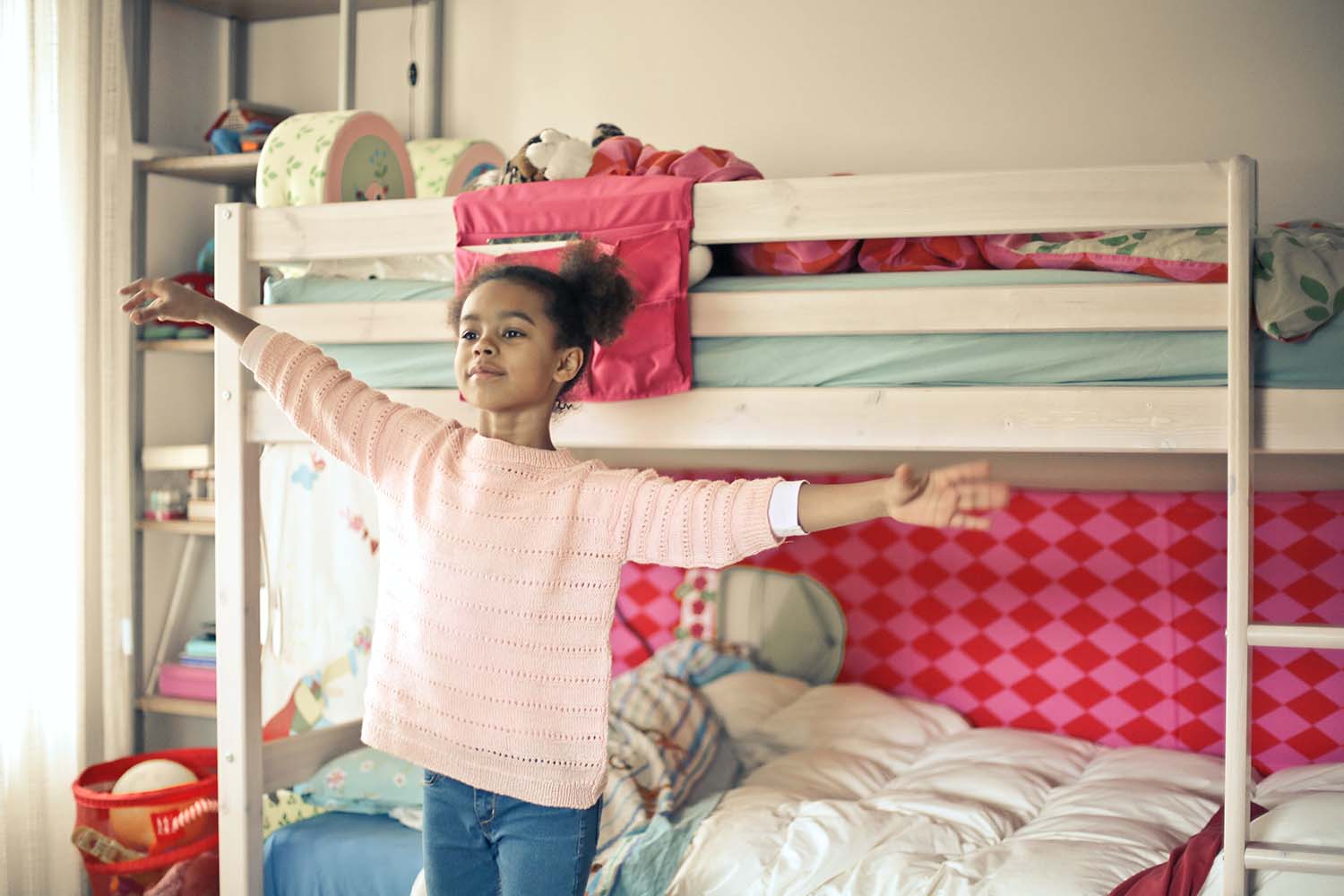How much influence, really, could a child’s bedroom furnishings have on their academic success? You might be surprised at the answer to this question. It’s more than you might think. Of course, when it comes to high academic achievement, there is no substitute for actively putting in the time it takes to study and learn; and we’re not suggesting otherwise. But if your child can gain some subtle advantages from you simply tweaking the décor a bit, why not try it? We make all the following decorating suggestions based on solid scientific research:

Photo, Annie Spratt.
Choose a Bed, Mattress and Window Coverings that Promote Restful Sleep: According to research published in the journal Sleep Medicine, a child’s sleep quality has a direct influence on their academic performance in subjects that include math and languages. That means it’s important for you to do everything you possibly can to empower your child to sleep well. As your child grows into their teenage years, consider investing in a collection of teenager beds that not only offer comfort but also reflect their evolving tastes and preferences, creating an environment conducive to both restful sleep and focused study. To promote healthy sleep, the first thing to be conscious of is your child’s mattress. It should be soft, but not too soft; firm, but not too firm; and absolutely not lumpy or bumpy. Ideally, you’ll want to choose a child-friendly mattress that’s delightfully comfortable, adjustable to your child’s preferences, and also accident proof.
The other thing to think about is the amount of light that enters your child’s room at night. If you live in the city, and light from the street spills into your child’s bedroom, you might want to consider getting blackout shades to keep the room dark enough to promote peaceful sleep. Blackout shades might also be useful in cases where the rising sun pours excessive light into the room at the crack of dawn each morning, causing your kid to wake up too early.
Don’t Put a TV in Your Child’s Bedroom: There are numerous studies suggesting that it isn’t good to have screens, including TV screens and other types, in the bedroom. First of all, they can utterly sabotage a child’s sleep patterns. Furthermore, according to research published in the journal known as Pediatric Research, a TV in the bedroom can harm children’s development. The researchers determined that too much TV time deprives your child of engaging in more enriching activities.
Include Shelf Space for Story Books: Books make the ideal bedroom decorations if you’re hoping to encourage your child’s academic success. Researchers in 42 different nations worked at determining how peoples’ family backgrounds affect their academic outcomes. For parents, one of the most important takeaways from their research is that having books at home can influence a child’s future academic performance. The researchers found that children who had access to a home library tended to have better test scores than those who didn’t. So definitely consider getting your child a book shelf, putting a bunch of books on it, and encouraging the child to interact with the books regularly.
Create an Art Corner With a Bulletin Board for Ever-Changing Creative Displays: Did you know that kids who take art, music or dance classes in middle school tend to get better grades? So it could potentially be beneficial to encourage your child’s artistic expression at home, too. You can set up a craft table, desk or easel to give your budding artist space for making creative masterpieces. Furnish the space with a large bulletin board for pinning up all the lovely paintings and drawings that will result. Be sure to provide plenty of art supplies for your little one including crayons, construction paper, modelling clay, watercolour paints and paper. And if your kid does have the opportunity to participate in any visual or performing arts classes, they would likely be beneficial.
While we can’t promise that your child will be the next Einstein if you follow these suggestions, we do think it’s worth giving them a try. The research presented here certainly appears convincing, so it seems likely that doing these things could help with giving your child an edge in the classroom.








